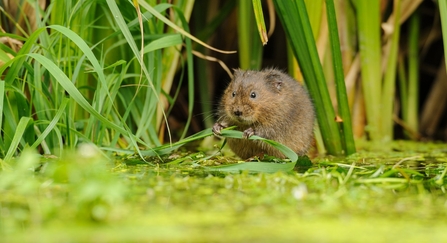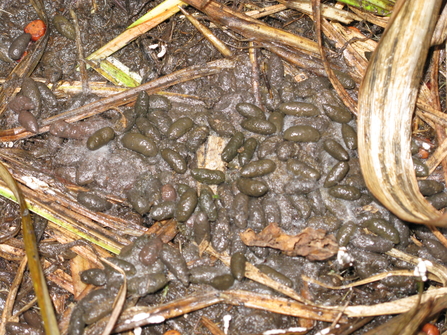Lunt Meadows is a wetland nature reserve best known for its wide variety of bird species, but the site is also home to population of water voles, a much-loved British mammal better known as ‘Ratty’ in the children’s classic story The Wind in the Willows.
Water voles live in and along rivers, streams, lakes, reedbeds and other freshwater habitats. They grow to between 14-22cm big, are a chestnut-brown colour and have small ears, a blunt nose and a furry tail (not to be confused with brown rats, which have a pointed nose and a long, scaly tail). The sweet-looking water vole was once common across the UK but is sadly in rapid decline due to water pollution, habitat loss and predation by the invasive American mink.
The Wildlife Trusts and many other organisations are working hard to keep water voles in our rivers and streams and restore them to places where they've been lost. Thanks to conservation efforts by dedicated volunteers, the water vole population at Lunt Meadows has survived, but water voles are elusive. It can be difficult to see these shy mammals, find their burrows or see any signs of the grass they’ve nibbled amongst waterside vegetation, because they live alongside water.


